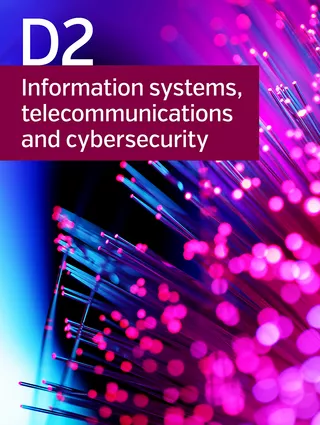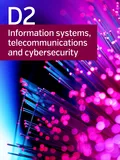Summary
This Technical Brochure provides an overview of Software Defined Networking (SDN) in the context of applications for power utilities.
The focus of this Technical Brochure is to inform the reader in the areas of SDN that are most applicable to power utilities; namely, SDN core concepts, Network Function Virtualisation (NFV) - where network functions such as routers and firewalls are virtualised, and a basic technical overview of the the technology. A deep and detailed description of the various technologies and protocols is not the intent of this Technical Brochure - as these are easily obtainable from other literature and sources. Rather, we aim to provide context and relevance of the areas most applicable to power utilities.
SDN is a large topic, where many different technologies are brought together and integrated as a solution to create a modern programmable and agile network. A subset of these core SDN technologies and protocols is described, along with references to the relevant standards and related works, which are summarised so that the reader can gain a basic level of appreciation of the numerous works that have been brought together to define SDN.
Real world use cases of SDN and NFV have materialised and gained maturity, especially within the networks of telecommunications and cloud service providers. 5G is expected to heavily utilise SDN and NFV as these networks are being implemented around the world.
For the typical power utility, SDN and NFV have often already been implemented, often without any general awareness, aside from perhaps the technical staff knowing that a commercial product implemented in the utility's network is an SDN solution. However, SDN solutions are more commonly implemented in the datacentre or control centre environment rather than at the edge - for example, at the remote locations such as the substations.
In this Technical Brochure, we describe some SDN and NFV use cases in the context of the utility's OT environments; namely substation virtualisation, the OT network digital twin, micro-segmentation, which is a cyber security use case, OT cloud service integration, IEC 61850 configuration and SD-WAN.
The working group has also carried out a survey on the CIGRE member utilities' views on SDN and NFV, on the relevance and perceived benefits of these technologies to their organisations, and their intent and timeframe of SDN and NFV implementation.
A case study based on a Japanese power utility's use case is described, along with the current market landscape of SDN and NFV.
Future work to extend the overview coverage provided by this Technical Brochure is recommended, especially in the areas of private 5G networks' integration with SDN and NFV, further development of the intelligent edge using SDN and NFV, and a more detailed study of extending the utility's OT environment into the cloud.
We believe that SDN and NFV will be important technologies for power utilities to consider due to their potential to increase the efficiency and agility in provisioning services, as utilities face a rapidly changing telecommunication and information systems requirements brought by distributed energy resources (DERs) and renewables.
Additional informations
| Publication type | Technical Brochures |
|---|---|
| Reference | 866 |
| Publication year | |
| Publisher | CIGRE |
| Study committees | |
| Working groups | WG D2.43 |
| File size | 5 MB |
| Pages number | 56 |
| Price for non member | 120 € |
| Price for member | Free |
Authors
D. SAINT-ANDRE


